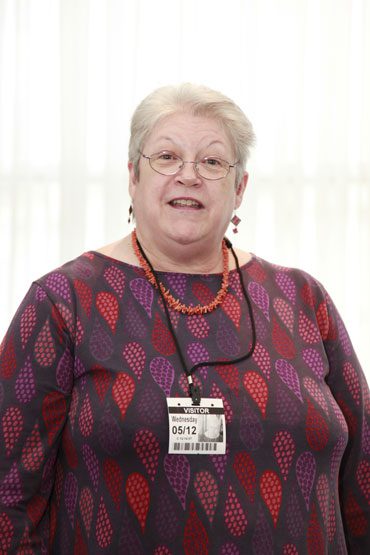Fusilier Thomas: A Forgotten Victim
It was the reasoned crisis of his soul Against more days of inescapable thrall S.I.W., Wilfred Owen Official records tend to be dry, perfunctory and prosaic. Documents like Director of Operations Brief, Duty Officer Report or Brigade Intelligence Summary may catalogue moments of violence and destruction but the words rarely convey context or the […]
Fusilier Thomas: A Forgotten Victim Read More »



